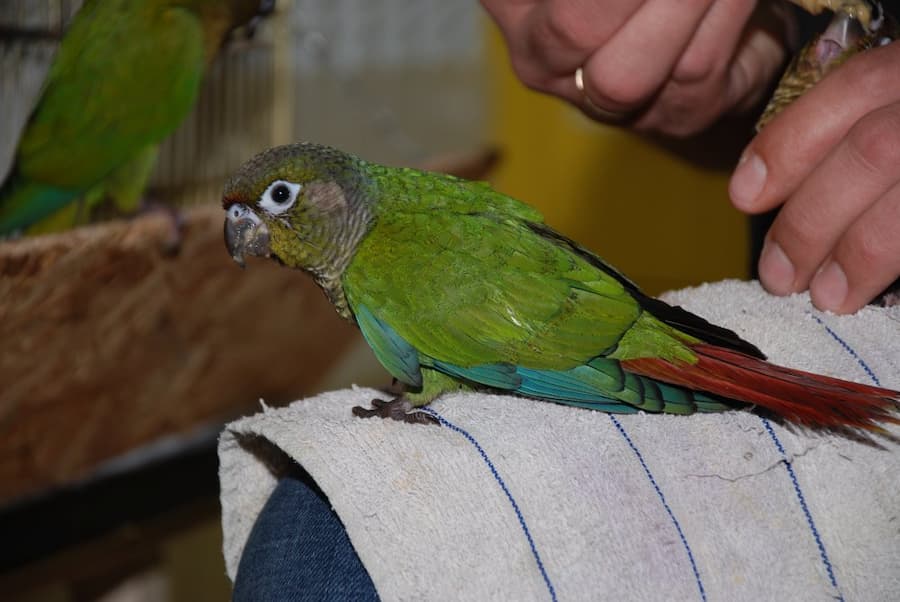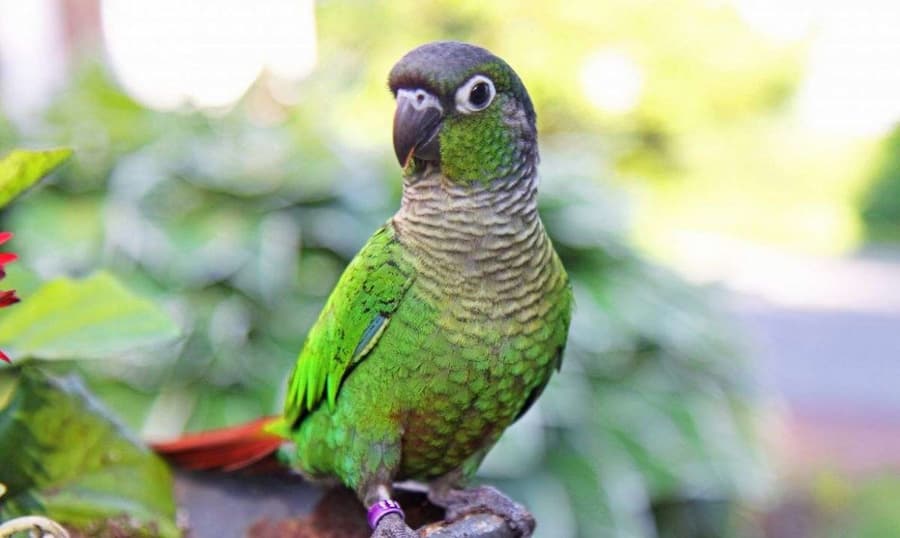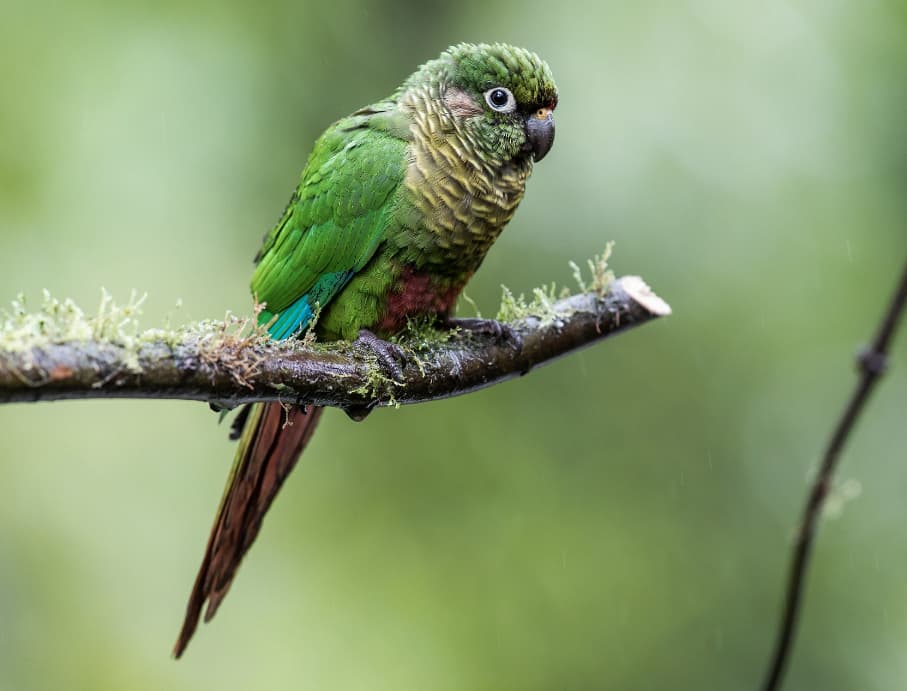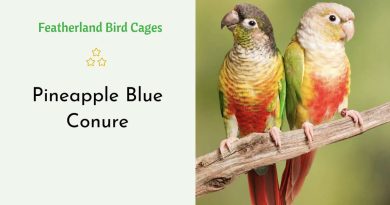How to Train Conures
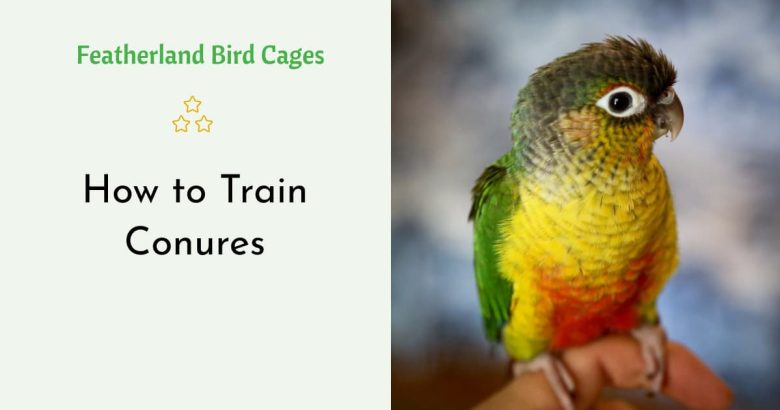
Conures are intelligent, social animals that thrive on interaction with their human companions. They can be nippy, especially when playing or exploring their environment and may bite as a way to interact.
Thankfully, biting is something that can be trained out of your conure with time and patience. The key is to break your training sessions into smaller steps.
Be patient
Conures are intelligent and sociable birds, but they can also be stubborn and difficult to train. It takes patience and consistency to train a conure, but it is an extremely rewarding experience for both the bird and its owner.
You can teach your conure to step up onto your hand, hang upside down from your finger, play dead or even potty train. The key is to use positive reinforcement and not punish or yell at the bird.
Try clicker training, which involves using a small handheld clicker to mark desirable behavior. You can then reward your bird with treats or praise to reinforce its positive behaviors. This will help to develop a strong bond between you and your bird. It will also reduce bad behaviors like inappropriate chewing or screeching.
Be consistent
When training a conure, it is important to be consistent with your expectations and rewards. This will help them develop trust and a positive relationship with you. Also, you should always be calm and patient throughout the process. If your conure becomes stressed or agitated, it will be less receptive to training and might bite.
Training a conure can be challenging, but it is worth the effort. By spending time with your bird and incorporating them into your daily routine, you can teach them new tricks and build a strong bond. However, it is important to remember that these birds have short attention spans and can be easily distracted. Be sure to keep them occupied with toys and treats. This will prevent them from developing bad behaviors such as excessive chewing or screeching.
Use clicker training
Clicker training is a good option for teaching your conure new behaviors. It uses a clicker (available at most larger pet stores) and treats to train animals. This method of training teaches the animal to associate the sound of the clicker with the reward, so that it will repeat the behavior in order to receive the treat.
Begin by using the clicker with a behaviour that your conure already knows, such as stepping up onto your finger or hand. When your bird performs this behavior, click and immediately offer a treat. Do this several times, until your bird starts to look for the treat as soon as it hears the clicker. This is known as charging the clicker. You can also use a verbal cue in place of the clicker.
Observe their body language
Conures are social creatures and their body language can tell a lot. For example, if your conure is preening itself a lot, it may indicate boredom or depression.
You can help them become more comfortable by observing their body language. This will help you determine if they are happy and eager to participate in training or if they are exhibiting signs of fear, stress, or anger.
When communicating with your conure, make eye contact and speak slowly. Repeating simple and clear words or phrases will also be helpful. This will teach them to associate certain sounds with positive rewards, such as treats, petting, or access to a favorite toy. Lastly, make sure to train in different settings with varying distractions. This will help your bird learn the behavior more quickly and easily.
Offer treats
Conures love to play and interact with people, and they respond well to positive reinforcement. Use treats and praise during training sessions to encourage desired behaviors. This will help the bird build a bond with you and make it more receptive to training.
Baby birds often bite to explore their environment and get to know their caregivers, but this behavior can also be a sign of aggression or territoriality. It is important to recognize when bites are a problem and address them as soon as possible.
Offering a variety of foot toys is an effective way to keep a conure occupied during a training session. This will prevent the bird from becoming bored and developing bad habits that could lead to behavioral problems. Feeding the bird treats by hand can also encourage it to be receptive to training.

